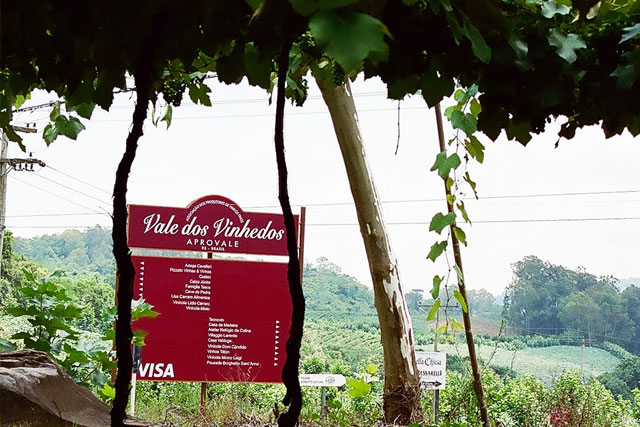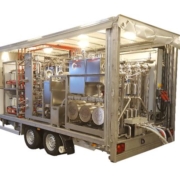
This, according to Jason McConnell, Owner and Winemaker at RIVINO Winery, following his first time utilizing Oenodia’s STARSXF®, which streamlines wine stabilization with crossflow filtration in a single pass.
April 22, 2020. Napa, CA. STARSXF® is part of the STARS Line of technologies, pairing OENODIA’s specific crossflow filter with their STARSStab unit. Over the past few months, several winemakers have employed the process through OENODIA’s STARS Mobile Service. A few have offered insight into their experience and its effectiveness in delivering a continuous process of filtration directly followed by tartrate stabilization.
Jason McConnell was among these winemakers who utilized the technology. He had seen it used at another winery and was impressed by how quickly and efficiently the cold stability process could be conducted. Ashley Highland, Consultant Winemaker from J Curtis, who also utilized the technology for the first time, had been watching STARSXF® for a while. “When I stepped into a friend’s winery in Washington and they were running their STARSXF® machine, I noticed how polished the wines looked and thought how wonderful it was that you can filter and stabilize in one pass.”
By merging the two processes into a single pass, STARSXF® delivers the well-known advantages of both technologies, eliminating DE and KHT seeding but also reducing drastically both the cold stabilization stage, and the wine losses. In addition, from a planning perspective, when you need a mobile service to handle both the crossflow filtration and the tartaric stabilization of your wines, it is much easier to plan when you have only one contact person.
“The process sped up the preparation time needed pre-bottling and left the wine more whole organoleptically” said Ashley. McConnell agreed, “We were able to get our wines to market faster than ever before.” He added “The wines tasted great and have over the months since the trial, tasted even better.”
STARSXF® also offers operational flexibility and easier tank management while retaining respect for the wines. “I have had tanks that were on cold for 6+ weeks and the DO pick-up they had, regardless of daily gassing, was too big for comfort.” Ashley said. “In addition to the draw on electricity” she added “I felt like there must be a better way for the wine and the environment. It is hard on a wine to be held so cold and then seeded, I would sometimes see cot strip the wine in a small way.”

Following her experience with STARSXF® Ashley noted “I purchase wine from all over the West coast and have to tanker the wine to a central location for blending and finishing. To have one less move is better for the wine’s quality. It was an extreme cost savings to crossflow and cold stab at the same time. Less than half the cost of filtration and traditional cold stabilization. Better for the wine and better for energy consumption”.
In conclusion, with respect to overall satisfaction both Jason and Ashley were conclusive in their opinion. Ashland was “beyond satisfied and I will use this in the future on all my wines where applicable.”
Jason went further adding: “I was completely satisfied with all aspects of the operation and hopefully will be able to purchase a unit for our new winemaking facility. Until that happens we will also be return customers for using their mobile service. I would definitely recommend this service and/or purchasing this equipment.”
For technical information, availability or service, contact Damien Monnet, Business Development Manager for OENODIA at Damien.monnet@oenodia.com at 707-302-4554 or STARS Mobile Service Manager, Cliff Burmester at Cliff.burmester@oenodia.com, 707-666-2049. Or visit them online at www.oenodia.us





